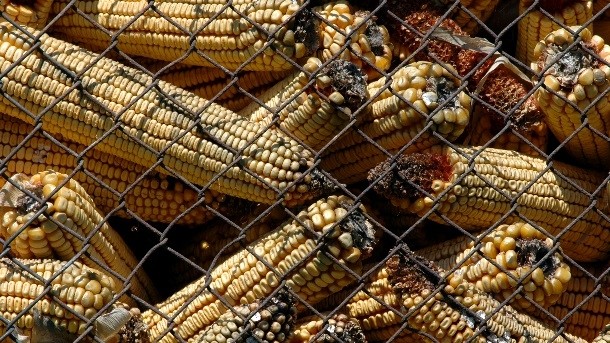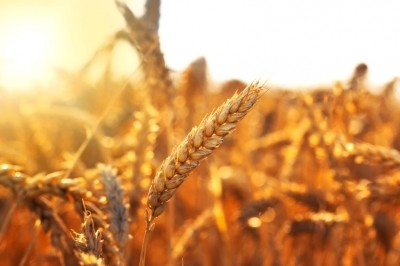Climate change could increase mycotoxins in maize

Climate change is a big concern when it comes to food safety. It’s often referred to as the cause of foodborne diseases caused by toxic compounds found in raw food commodities such cereals, maize, nuts and spices.
Recent research results have again confirmed this.
A blooming problem
According to predictive analysis performed by RIKILT Wageningen University & Research and researchers from Italy, warmer climes provide a very conducive environment for mycotoxin aflatoxin B1 to thrive.
Mycotoxin aflatoxin B1 is produced by a fungus of the genus Aspergillus that grows in plants such as maize. It’s the deadliest of all mycotoxins and highly toxic for both humans and animals.
Based on different temperature scenarios, researchers made predictions about the aflatoxin contamination of maize in the next one hundred years.
Europe was divided into more than 2,000 squares measuring 50km x 50km each. Researchers then coupled climate data at the central point in each square with a predictive model for aflatoxin.
The consequences of climate change
They found that a temperature increase of 2°C presented the most significant increase of the aflatoxin B1 contamination of maize.
This puts European maize at high risk.
Reports published by the Intergovernmental Panel on Climate Change (IPCC) show that a temperature increase of 2°C in the next few years is the most likely scenario.
Commissioned by the European Food Safety Authority (EFSA), the results will help to determine aflatoxin regulation policies to prevent the increased consumption of these molds.










